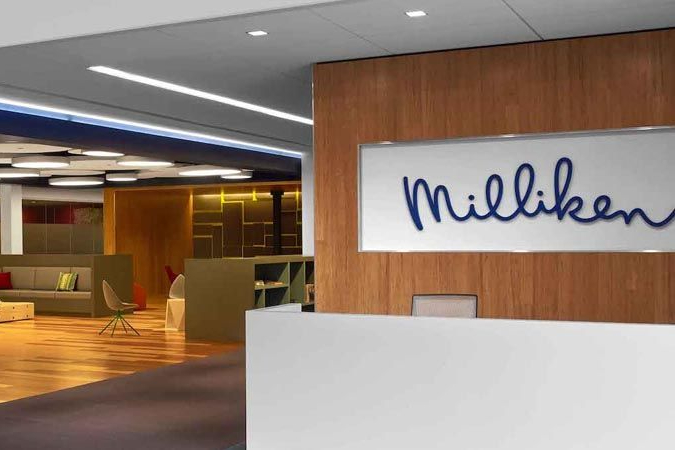
Milliken & Company launches wastewater treatment technology
YarnsandFibers News Bureau 2021-12-13 15:56:16 – USAMilliken & Company's Textile Division was involved in the development of a one-of-a-kind, high-performance technical textile – measuring 76 meters in length – that is at the heart of the RAB (revolving algal biofilm) system, a patented wastewater treatment technology.
Gross-Wen Technologies (GWT) of Slater, Iowa, invented the RAB system, which is based on a technology established at Iowa State University. It uses vertically oriented textile conveyor belts that produce algae on their surface. As the algae bloom, it takes nitrogen and phosphate from the wastewater, as well as carbon dioxide and sunlight from the atmosphere.
The algal biomass produced during this process can be used to make fertilizers, bioplastics, and biofuels, and is rich in nitrogen and phosphorus.
Wayne Newbill, senior development engineer at Milliken, said that GWT received various research grants to develop and validate its revolving algae belt, and before they got involved, they were relying on a very heavy, rubber-coated textile conveyor belt with a ribbed surface, providing the surface area for the algae to grow on and then be squeegeed off for harvesting. As the company moved the technology to a commercial scale, this belt began to present issues due to its weight and consequent mechanical handling needs, adding considerable expenses to the whole system, which is when the company contacted us, looking for a lighter and less expensive material.
Milliken's Textile Division engineers experimented with a variety of lighter-weight alternative fabrics in its fast prototyping facilities, originally inventing a polyester weave based on a multi-filament twisted yarn mixed with a monofilament.
Newbill added that they devised a fabric with monofilament in the warp and much larger monofilament in the weft, alternating the latter with a textured yarn to provide greater surface area. They next switched from a simple weave to a mock-leno with alternating picks to achieve all of the needed porosity, surface texture, and surface area qualities.
The construction of the rollers on which the serpentine, 76-meter-long continuous textiles are stacked and rotated within the RAB systems presented another design difficulty.
Newbill explained because the algae would be crushed if the rollers were flat, the cloth is fixed on raised contact points at set intervals. This permits the algae to grow, but it places a greater demand on the fabric's rigidity to keep it from sagging between the elevated spots.
Market Intelligence
Ask for free sample Report

experience
Customer Base
dedicated team
Countries Served Worldwide









